Getting your pool in shape for closing is a great way to ensure an easier pool opening and protect your pool during winter. And while there are many situations to avoid when closing your pool, the most important one is to never close your pool when it’s green. A green pool only means one thing — algae! In this article, we discuss the common myths surrounding closing a green pool, and how to properly resolve the problem.
Myth #1: The pool cover will block out light and kill the algae.
Closing a green pool with algae, or dirty with debris, or with unbalanced water, leads to heavy staining and saturation of the water with dead algae cells, which makes it easier for subsequent generations to grow. Many forms of pool algae can grow accustomed to low light, and some can substitute aqueous starch or sugar, to acclimate to complete darkness.
Myth #2: Cold water will kill the algae during winter.

Algae becomes dormant at low temperatures, and the rate of photosynthesis and growth is very low once temperatures drop into the low 60s. It’s for that reason that we have suggested to wait until your pool water temperature is 65°F before closing the pool.
Algae growth is stopped at temperatures below 40°F, but some algae can continue to survive, and like weeds in a lawn, can go dormant over the winter, coming back to life in early spring, weeks before you open the pool.
Myth #3: I shouldn’t have to clean the pool twice during close.
Why clean it now, and then again when you open? Two reasons – leaves, debris, dust and dirt mixes with salts and minerals in your pool and can make ugly stains during a long winter without circulation. Secondly, any organic matter in your pool uses up the winter chemicals quickly, leaving no reserve for springtime.
Myth #4: I can just drain the pool when I open.
For concrete pools that are going to be drained and acid washed next year anyway, or if you are certain you’ll replace the pool liner in the spring – then you may think it quite clever to close the pool green, and without any winter chemicals. However, excessive algae growth from high pH and low sanitizer can damage pool plaster or steel pool walls, and other underwater pool materials.
Myth #5: I can just drain the pool now and leave it empty.
All swimming pools must be kept mostly full during the winter to prevent damage to the walls or popping of the pool from hydrostatic pressure. It also protects plaster from cracking and vinyl from shrinking.
Myth #6: I don’t have time, I have to close the pool now.

If it’s urgent that you close the pool without the water being clear and balanced, and the pool spotlessly clean, this happens sometimes. In addition to winterizing the pipes, or filling them with pool antifreeze, take these steps as a minimum:
- Lower pH to 7.2, brush and skim to distribute
- Shock the pool or add a winter chemical kit
- Cover the pool tightly to block out leaves and sun
Green pools should always be covered for safety reasons. Uncovered green pools are more hazardous, as the floor of the pool is not visible. A safety cover is the best type of pool cover for winterizing, or for protecting a pool that is not regularly maintained, due to lack of funding or an empty house.
In the long run, closing a pool green or filled with debris will create more work and could permanently stain or damage surfaces. Protect your pool with clean and balanced pool water, a winter kit, and a strong pool cover!

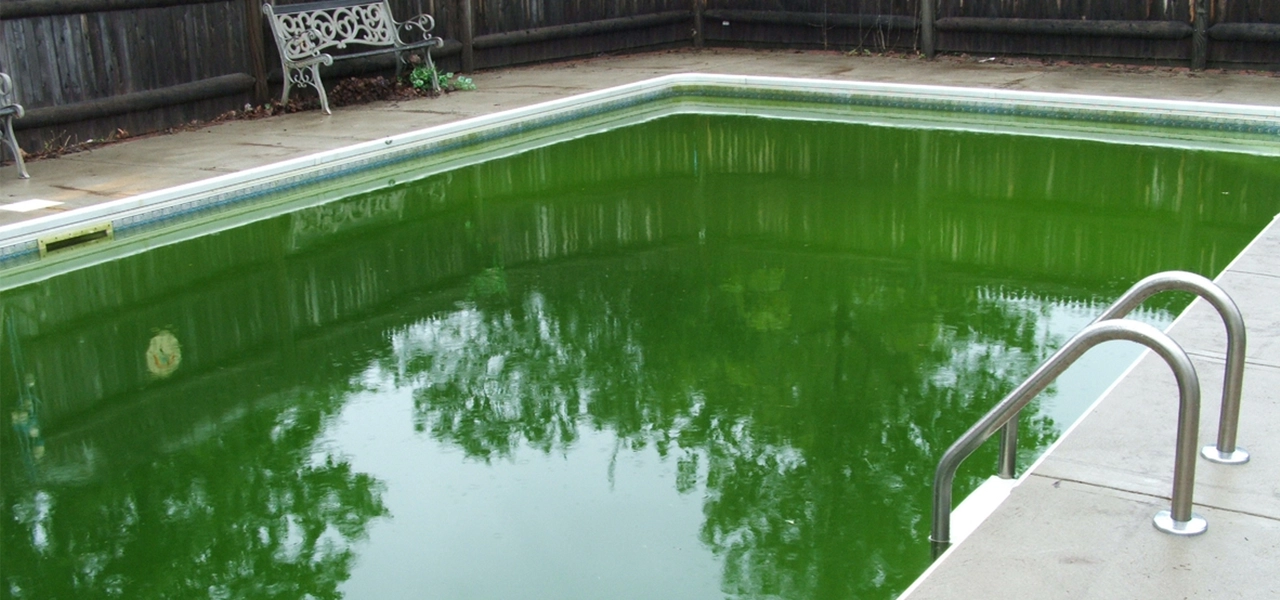


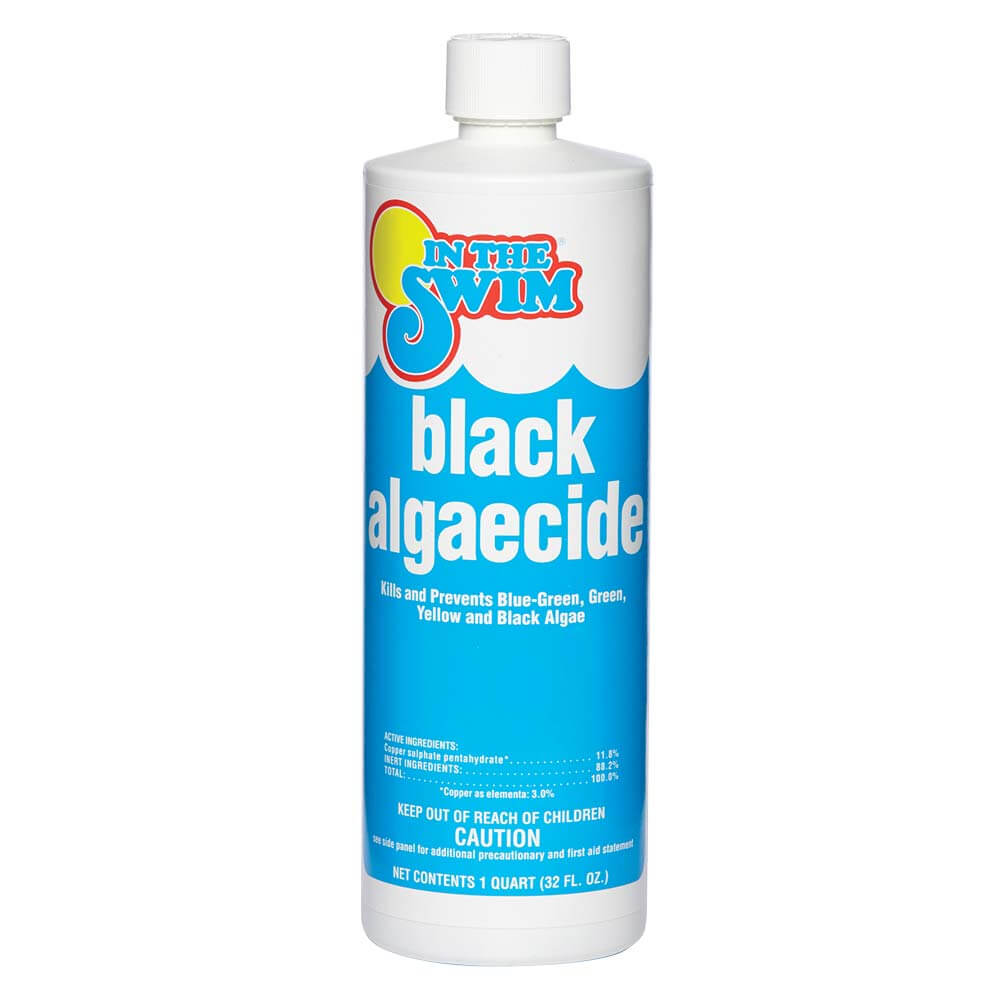
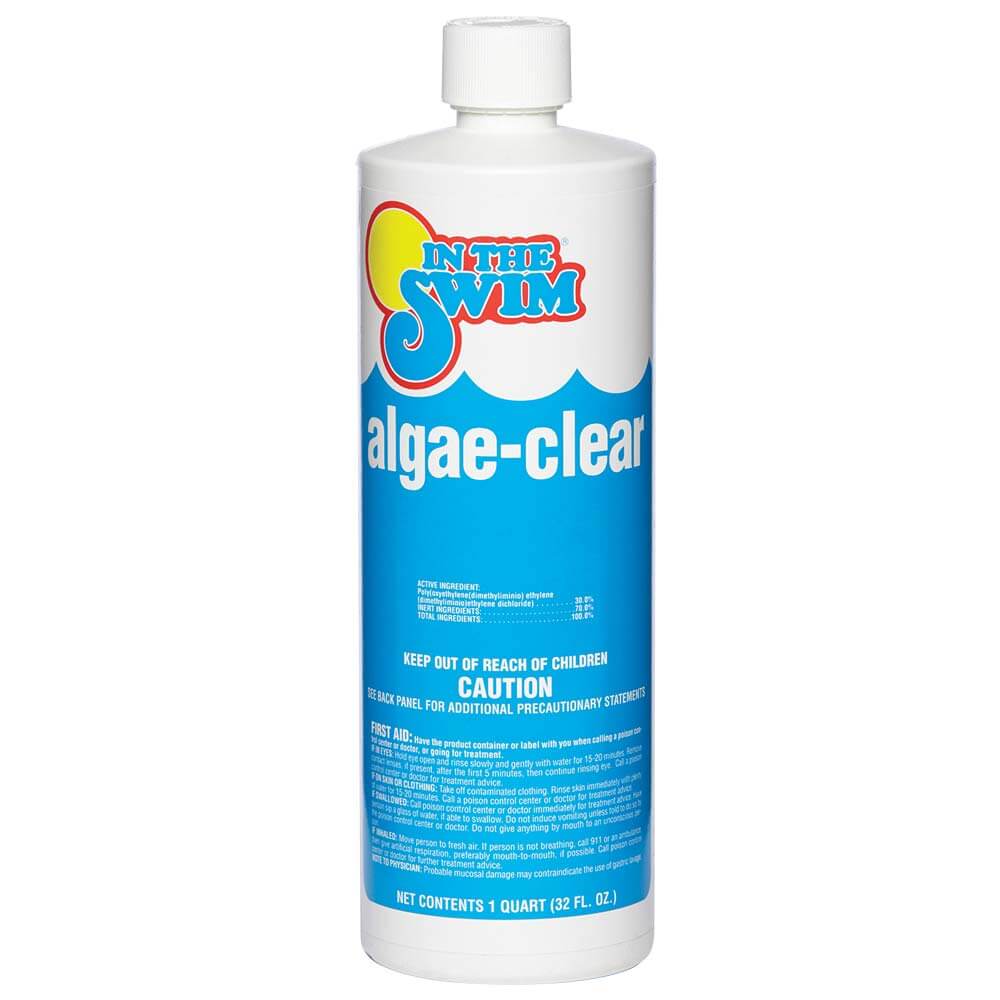
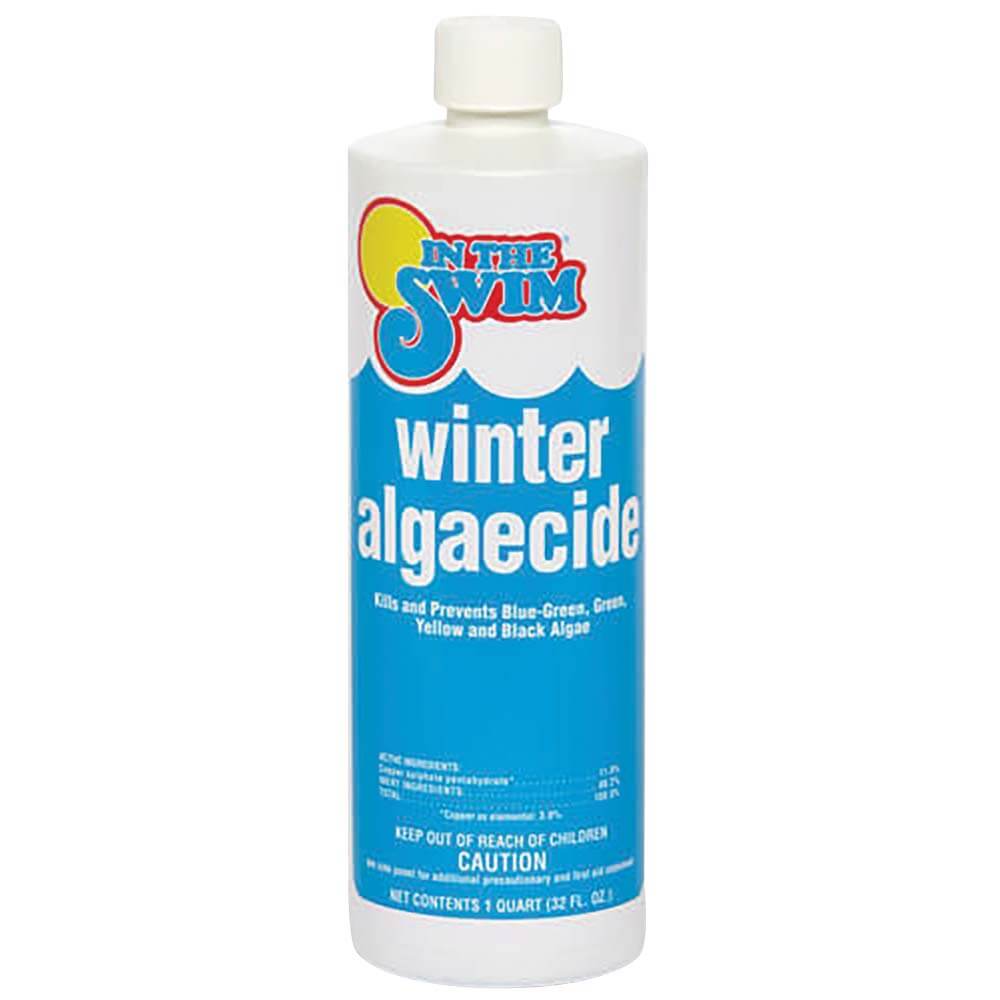
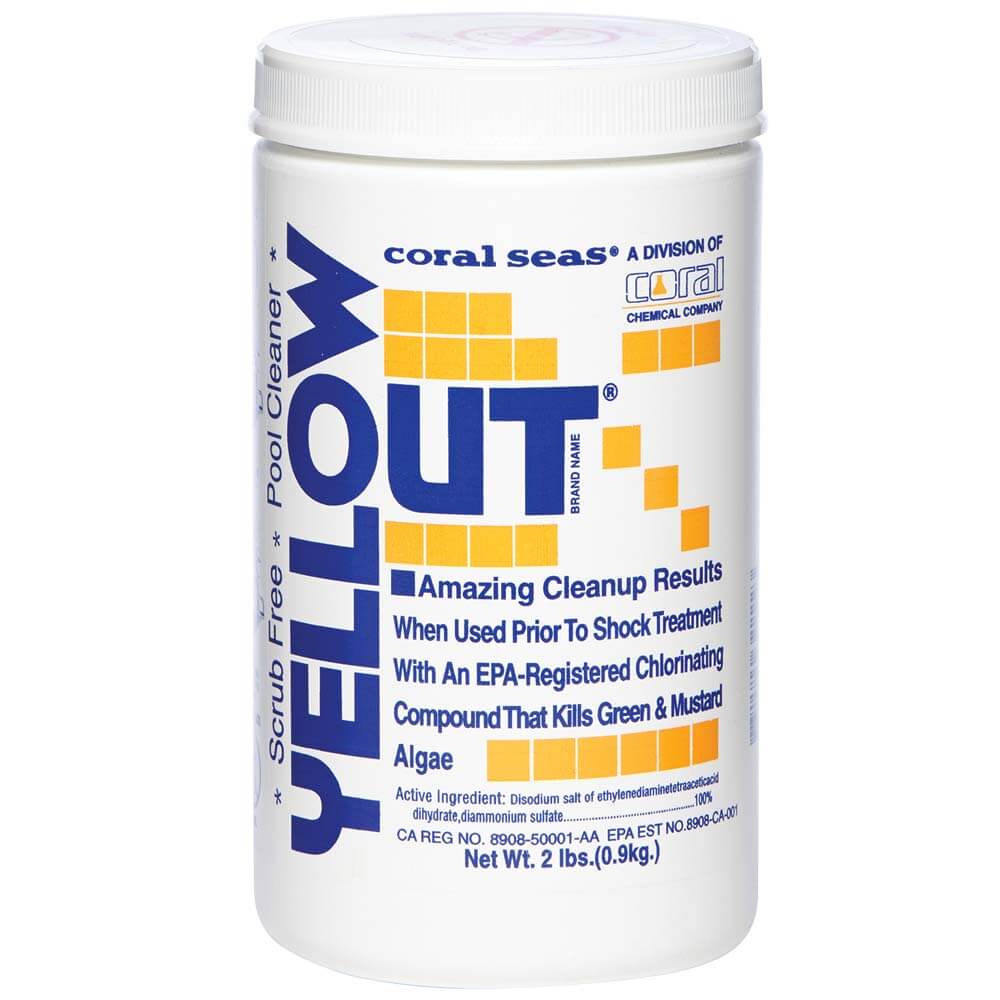
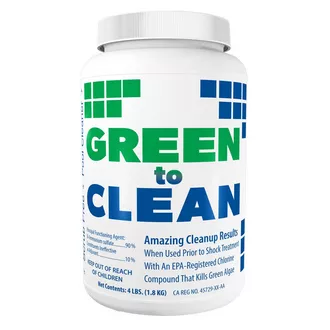
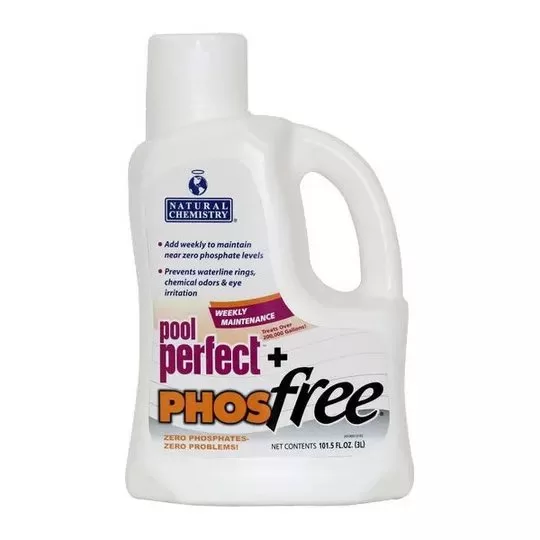

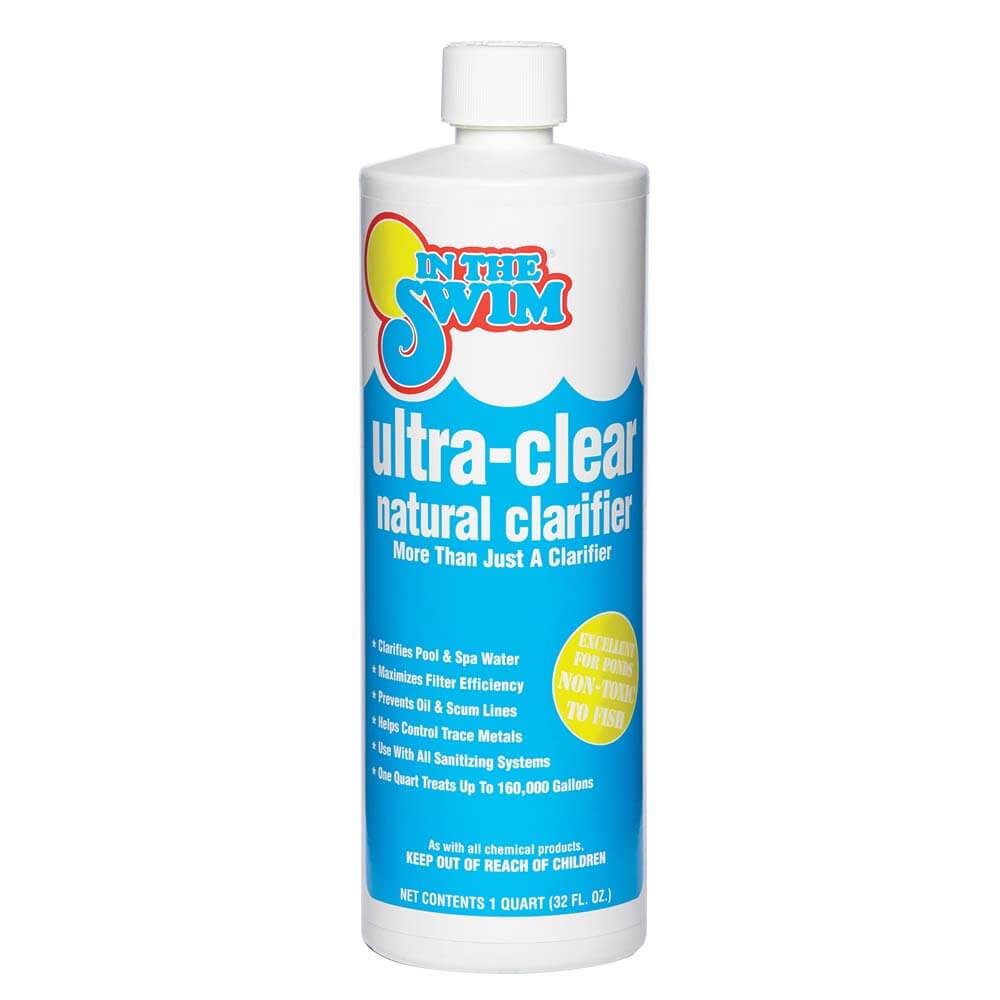
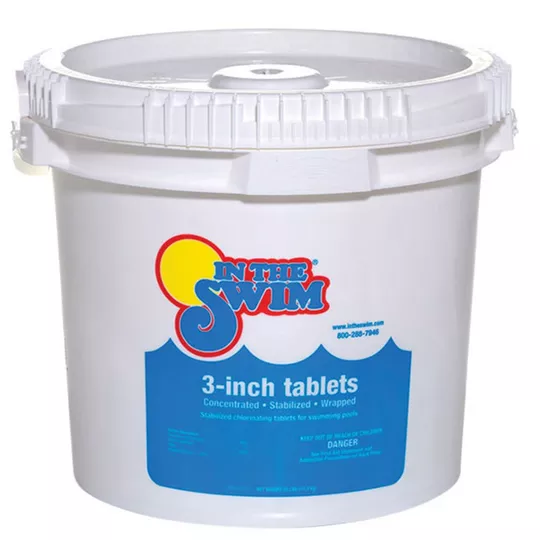
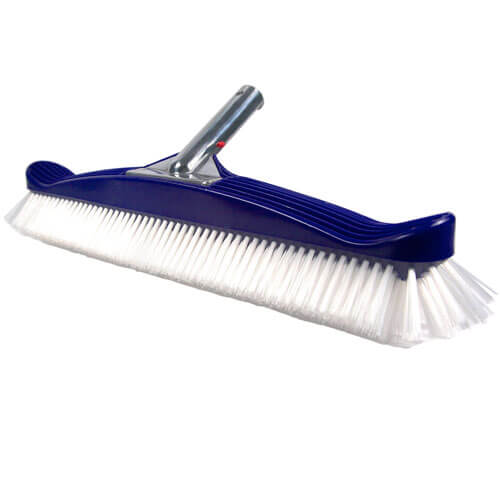
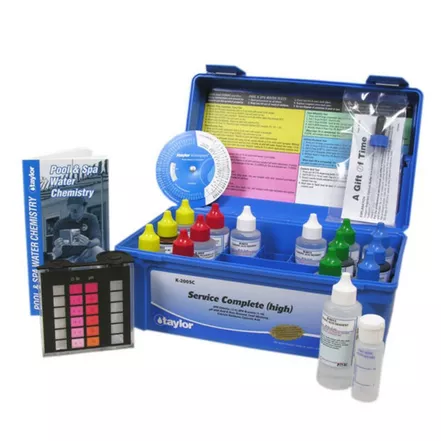
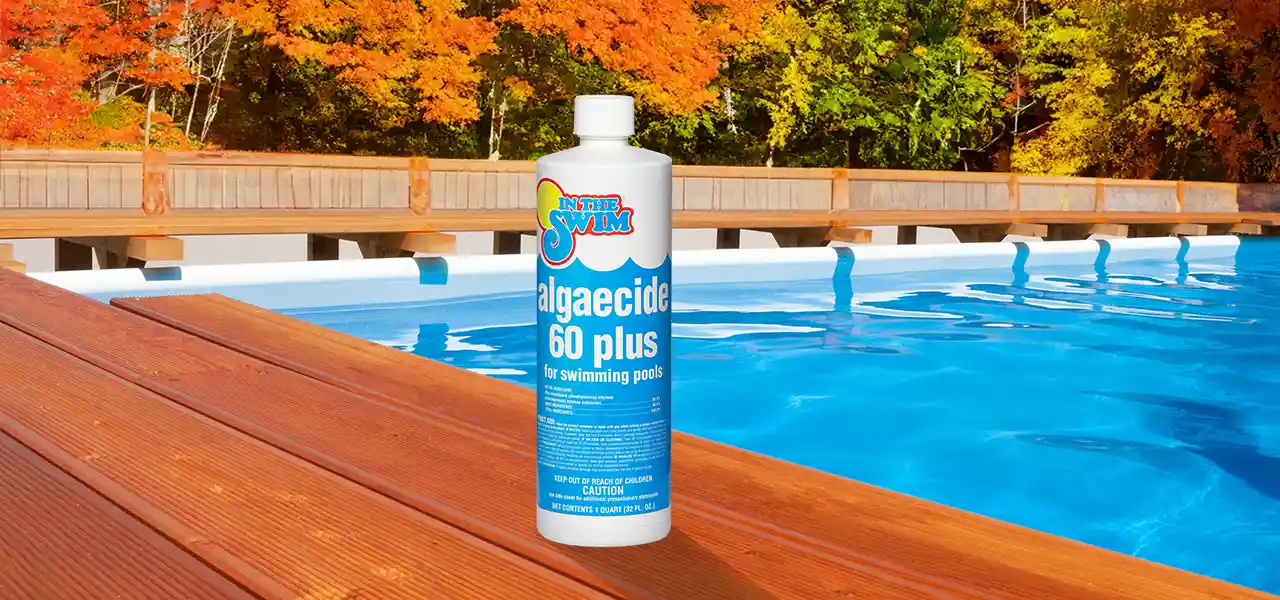
We had a sudden drop in temperature before I could close the pool and I had to drain it in case of freezing. I removed the pump and hoses inside and the water level is now 6 inches under the skimmer. The pool is green, though, and I don’t have the pump to run so I can shock it to get it clear before winterizing and adding the cover.
Hello, you can shock it to kill the algae, without having the pump to circulate. Just be sure you have a nice low pH level first. For vinyl pool, pre-dissolve in a bucket and use a pool brush to help disperse the shock.
I cant get my pool clean! Ive brushed ,vacuumed, and shocked ut and check the balance of the water its all good just green. Im exhausted and confused. Ive used about 8 lbs of green to clean and about 16 bags of shock and its still green.
Hi Mary, well that’s not fun! Thanks for the question, a good one! If the water is clear green, emerald green or brightly green, it could be a metal color, specifically from high (very high) copper levels in the water, from an eroding heater heat exchanger, for instance. If however, you do see algae on the walls and floor, and suspended in the water, making the water turbid (cloudy), then it likely is algae. If the former case, use a good sequestering agent like Metal Free or Super Stain Away, to tie up the metals and put them back into solution, or use CuLator, to absorb the copper into a little pouch. If it is algae, I would suspect a large phosphate problem. You can test for phosphates, and/or just treat with a phosphate remover. Another possibility is that the pool filter is malfunctioning, and allowing water to bypass without being filtered, either inside the filter, or the multiport or push-pull filter valve (sand and DE filters). Is the filter pressure reading normal? Does backwashing seem normal?
we covered out above pool and had applied shock and was clear when we covered. I looked under the trap and the bottom has algae, what do I need to do now
Hi Cindy, Assuming that your cover is in good shape, and not allowing sun or debris into the water, I think I would just add a bottle of winter algaecide, or Poly 60 algaecide to the pool. If you can, pull the cover open to allow the pool to be brushed, and also check the pH and lower pH if 7.8 or higher. If not possible to brush, no worries.
Hi. First season with a pool and your article explains my situation perfectly. I have read some people “vacuum to waste”, which seems like it would waste a lot of water. I have a cartridge filter, if that matters. What’s the best way to go about vacuuming? Can I just clean the cartridge, vacuum, then repeat? Or do I really need to go with the “vacuum to waste” method, and essentially drain my pool as I race to suck up the algae (which there is a good amount of!).
Hi Michael, cartridge filters don’t have a multiport valve, so there is no way to vacuum to waste with a cartridge pool filter – unless you install a 3-way valve between the pump and filter. I have vacuumed to waste before on a cartridge filter by removing the cartridge and the filter lid, and letting the filter tank overflow, but that is not a good idea, if the pump motor is right beneath the filter, or if soil erosion is a problem around the equipment pad. So for most folks like you, they vacuum into the filter, rinse-repeat, rinse-repeat….
we cannot get our pool clean. it has rained and we have the prettiest color of green. it has been shocked (5 gallons yesterday) and its still green. any suggestions? thanks!
Hi Joannie, the liquid bleach may have lost potency, or the pH may be very high. Check pH and adjust to 7.2-ish, and then shock again, adding enough to see it turn blue/gray, within minutes. Then add a little bit more, for good measure. Run the filter 24/7, and check that it is operating properly, and not bypassing unfiltered water, due to some filter or valve problem. Is pressure normal on the filter? If running higher or lower than normal, that could indicate filter problems. If not, keep filtering non-stop, and add a clarifier if needed, after the chlorine drops down below 5 ppm. Good luck!